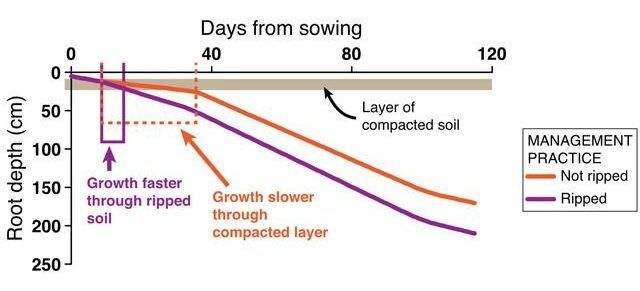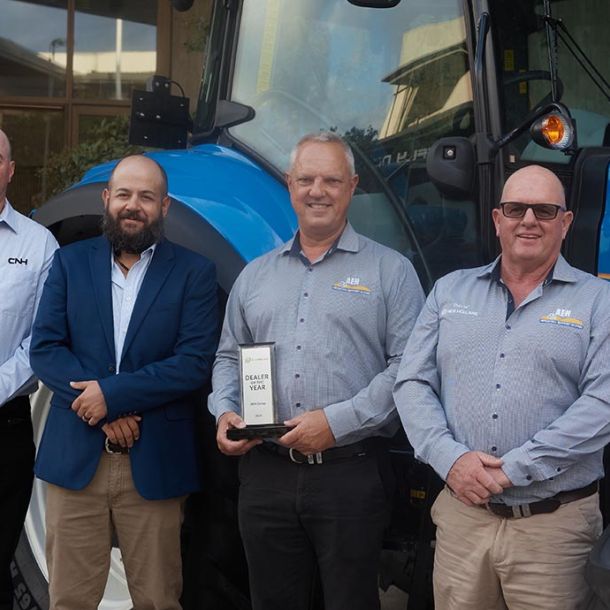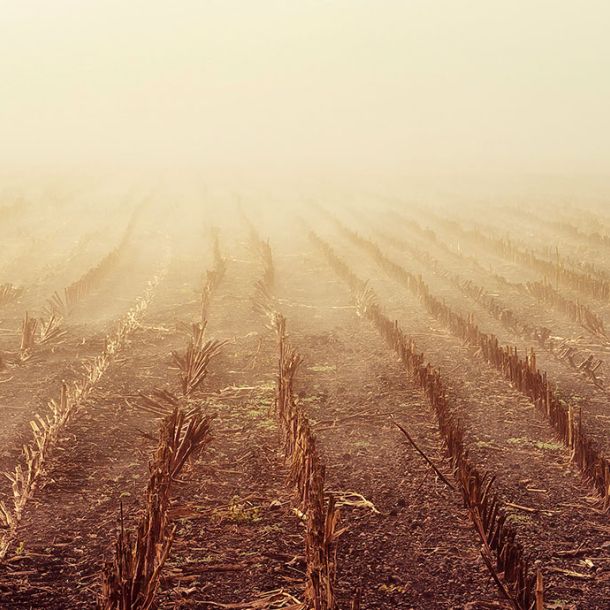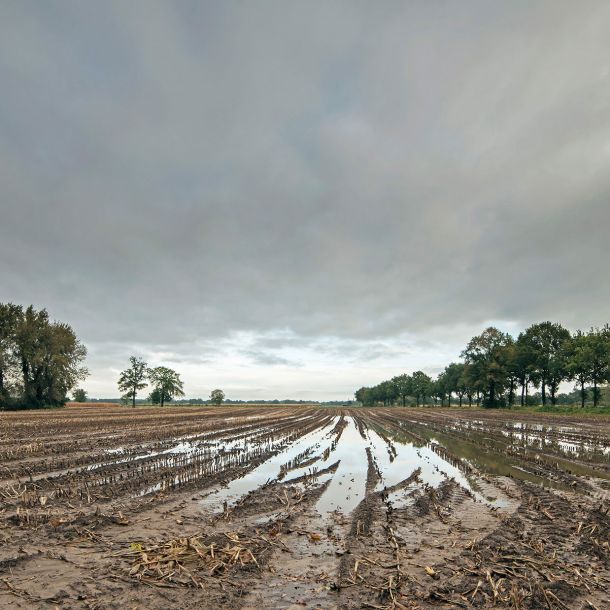Soil Compaction: Give It a Rip!
What drives the need for producers to incorporate deep ripping into their soil management processes? As in all things farming, it comes down to soil efficiency, plant growth and yield production.
Repeated pressure from farm equipment is the main cause of compaction, and its effects run deep. Wet soils, greater axle loads, and soils comprised of clay or silts are most at risk for compaction, because these factors produce ideal conditions for the soil particles to adhere to each other, creating hard pans.
Read the recent Farms and Farm Machinery case study on David McMillan’s application of K-Line products on his property at Young, NSW… click HERE for full story!
Soil compaction creates a physical barrier between germinating seeds and their ideal root and shoot development. This development is required to promote adequate growth, collect available nutrients, and produce desired yields. Without friable (easily crumbled or pulverized, loose soils) soil matrices to allow growth, plants must expel more stored energy resources from the seed to achieve germination. These stored resources mostly consist of water-activated enzymes that were sequestered by the parent plant during seed-setting in prior growing seasons. Plants survive on these stored resources until they grow sufficiently to reach light sources and begin the photosynthetic process.

When a seed’s roots and shoots struggle through compacted soil during germination, they emerge from the ground weakened, stunted and nutrient deficient. As a result, they are ill-suited to long-term survival and yield potential, and some never make it at all. This accounts for the large spaces and withered plant remnants common in plantings on compacted soils. Having large swaths of paddock space with compacted soils decreases emergence and populations, impacting overall yield potential.There are many practices to help avoid compacted soils: tramline or controlled traffic farming implementations such as our TrackAttack, minimizing equipment operations on wet soils, using large diameter or flotation tyres, and implementing crop rotations that increase the presence of organic matter in the soils and provide varied rooting patterns. But sometimes compaction-inducing activities can’t be avoided, and so producers are forced to restore compacted areas.
Read our blog article on tramline farming conservation practices: ‘Bringing Things in Line’
One of the most popular methods for restoring compacted soils is through deep ripping. This mechanical intervention utilizes an implement like K-Line Ag’s MaxxRipper with long tynes that reach deeply into hard pans to break up and lift soils, therefore allowing room for plant development, nutrient and moisture entry, and organic materials accumulation. The expansion room provided by deep ripping supports plant growth, and bolsters yields. In a long-term study in WA on sandy soils, producers who used this method to address compaction reported yield increase of 15% in canola, 49% in barley, 11% in field peas, and over 70% in wheat[1].
With the K-Line Ag MaxxRipper, a crumbler roller follows behind the tines to pick up the ripped sections of soil, which helps to break up clumps and increase the looseness of the soil. This adds even further benefit to the plant growth, giving more opportunity for an even crop and high yields.
Read our article on MaxxRipper trials in Sunflower Cropping in Parkes: ‘Flower Power – MaxxRipper Breaks New Ground in Sunflower Crop!’

Figure 2: Modelled growth of wheat roots in sandy soil based on trial data (Delroy & Bowden 1986, Schmidt et al. 1994, Tennant 1976) assuming non-limiting moisture [2]
Good soil management practices can help avoid compaction issues. However, utilising deep ripping techniques to break up hard pans or historic compaction provides a favourable boost to yields and a good return on investment.








